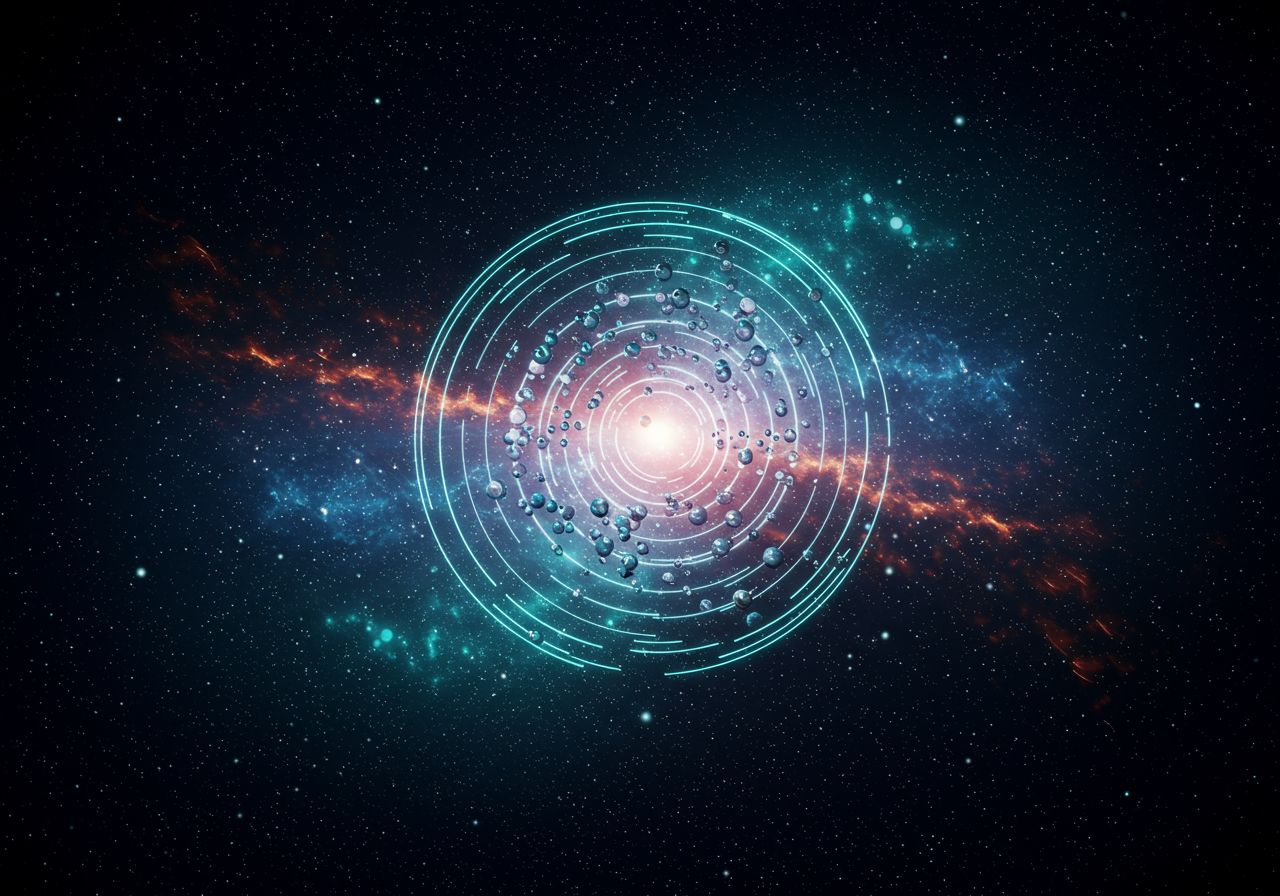“What is the Complementarity Principle and How Does It Transform Our Understanding of Reality?”

Imagine being at the threshold of two entirely unique realms: one where elements follow predictable paths, and another where they dance in waves, defying conventional expectations. This is the world of quantum mechanics, where the Complementarity Principle reveals a surprising truth—particles and waves, rather than contradicting, enrich our perception of reality. Here, what might seem discordant instead offers a deeper understanding of existence.
In the heart of this principle lies a captivating mystery: why do light and matter sometimes behave like distinct particles, while at other times they manifest as flowing waves? Imagine a magician revealing their secrets only when you dare to look. In quantum mechanics, reality alternates between behaving like solid cannonballs and subtle waves, depending on our perspective. This duality doesn’t unsettle reality—as chaotic as it sounds—it broadens it, forming a tapestry that captures the unpredictable nature of the universe.
Digging deeper into this theory, the Complementarity Principle illustrates that the world around us is more adaptable than we were taught to believe. Consider how a mood ring changes with the temperature of your skin; similarly, your perception shapes whether something appears particle-like or wave-like. When we apply a scientific lens, the distinctness of particles emerges. In a creative spirit, however, waves reveal their flowing nature. This concept transcends physics, encouraging us to appreciate life’s ambiguities.
Quantum mechanics, like a challenging conversation, doesn’t resolve conflicts by confining them to boxes. Instead, the Complementarity Principle encourages us to accept that overlapping ideas can coexist. The concept of wave-particle duality invites us to accept uncertainties—a reminder that flexibility can lead us to profound truths about ourselves and the universe.
And there’s more—the ripple effects of this principle extend beyond academic discussions. They influence the way we perceive life, time, and our very identities. Moving past binary thinking, we recognize that our realities are partly shaped by our perceptions and attitudes. You actively shape this stage of reality with your thoughts and intentions, making you a co-creator in the universe’s ongoing drama.
Consider Schrödinger’s cat, a metaphor for quantum complexity, yet the Complementarity Principle elevates it further. It’s not about picking sides; it’s about embracing a space where possibilities merge. Life is an ongoing narrative, enriched by new perspectives and vibrant realities, revealing mysteries where particles and waves play.
Remember, the world thrives in complexity and color—not simple dualities. When you feel confined by set thoughts, welcome a bit of quantum uncertainty into your perspective, and you might unveil hidden layers of reality. The dual nature of existence offers a universe brimming with potential, waiting for you to explore its depths.
Ultimately, the Complementarity Principle not only tests our understanding of reality, it celebrates it as a collaborative journey. We contribute a note to the cosmic symphony, resonating when we embrace both the solid and fluid aspects of existence. Are you ready to engage in this dance? The stage is yours, and the universe is eager to listen.

Leave a Reply